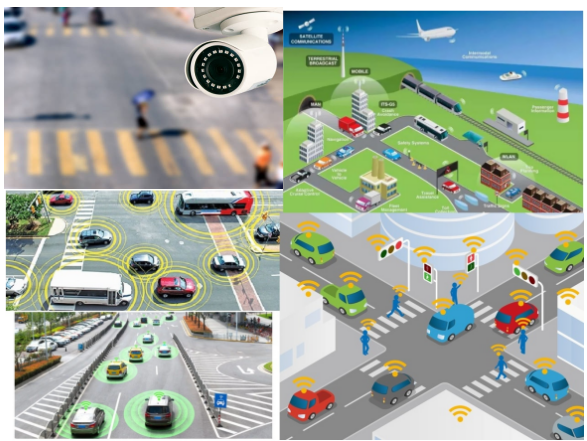

To get the best experience for our site, we recommend you upgrade to the latest version of Internet Explorer, or select another web browser, a list of the most popular web browsers can be found below
You can download the main browser here:
 Position :
Home>
News & Tutorial
>Products
Position :
Home>
News & Tutorial
>Products
Date: 2022-10-17 15:54:00


 Position :
Home
>Products
Position :
Home
>Products

Why hundreds of companies keep choosing Sun Telecom despite some others can have a lower price offer?
Learn More
Sun Telecom was awarded as the honorary title of "China’s M...
Learn More
Sun Telecom was awarded the AAA enterprise credit grade certi...
Learn More
The 15th Asia Brand Ceremony was held at the Hainan Free Tr...
Learn More
On Dec 18th 2020, Sun Telecom International Business CEO Tin...
Learn More ics@suntelecom.cn
ics@suntelecom.cn  +86 18964888554
+86 18964888554
 Building No.145, Lane 666 Xianing Road, Jinshan Industrial Zone, Shanghai 201506, China
Building No.145, Lane 666 Xianing Road, Jinshan Industrial Zone, Shanghai 201506, China
Copyright ©1989-2025 ALL Rights Reserved
ICP (Shanghai) Number: 13005159